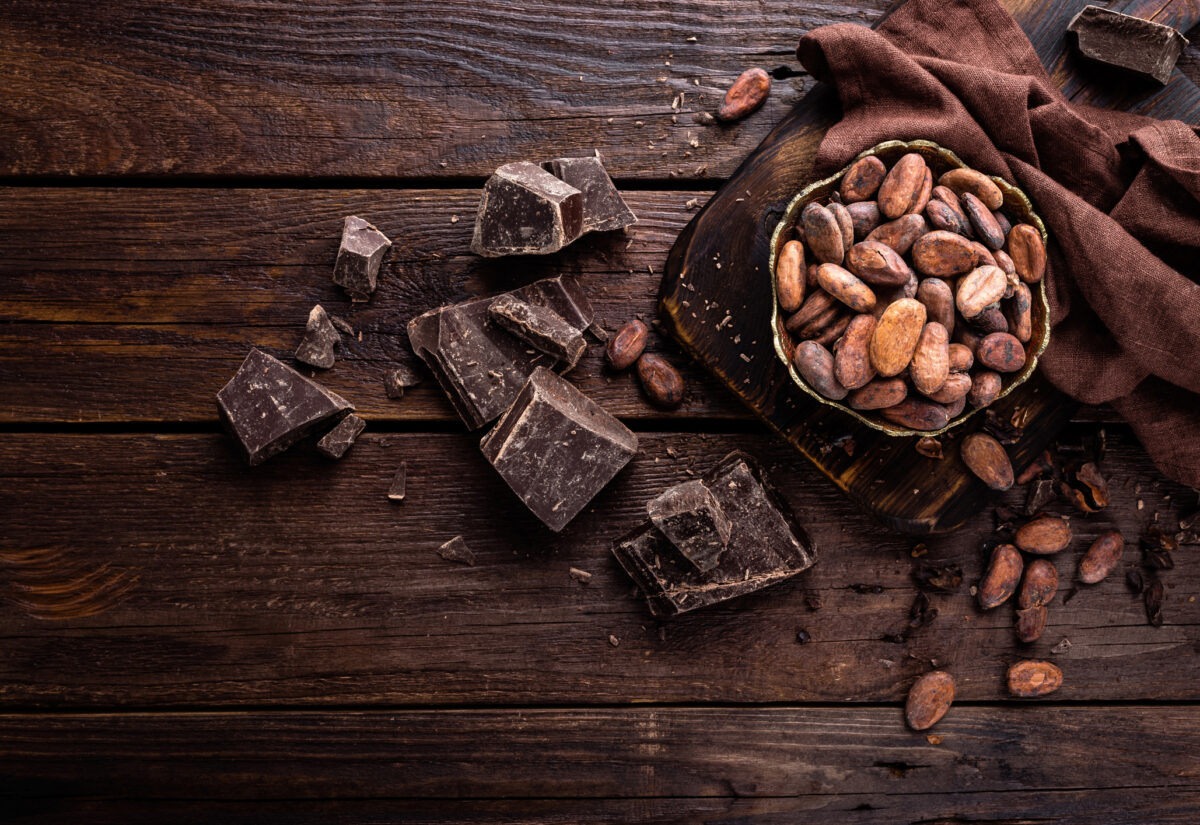 Getty Images/iStockphoto
Getty Images/iStockphotoToday’s status symbols are synonymous with luxury. But many of the things we now associate with wealth, refinement, or indulgence were once seen as useless, commonplace, or even undesirable. Tastes change, supply chains evolve, and sometimes a material’s journey from worthless to priceless is driven by conquest, colonisation, clever marketing, or sheer luck. In some cases, the items were used for purposes far removed from modern luxury, while others were dismissed due to unfamiliarity or abundance. Here are some modern luxury items that were once considered worthless, irrelevant, or just plain odd, and the surprising ways they found their place in high-end society.
Diamonds
For centuries, diamonds weren’t the ultimate gemstone. Ancient civilisations admired them, but they were far from the most prized. The Romans, for instance, valued emeralds and pearls more highly. Until vast mines were discovered in South Africa in the late 19th century, diamonds were relatively rare and not particularly sought after.
What changed everything was marketing. The De Beers company orchestrated a cultural campaign that transformed diamonds into a must-have for engagements and milestones. With the famous slogan “A diamond is forever” launched in 1947, they crafted a narrative around eternal love and exclusivity. This carefully cultivated perception, more than the stone’s actual properties, turned diamonds into luxury icons. Ironically, their abundance today means their rarity is artificial, as it’s controlled by supply restrictions to maintain high prices.
Lobster
Once referred to as the “cockroach of the sea,” lobster was so abundant in colonial-era New England that it washed up in heaps on shorelines. It was so disdained that it was used as fertiliser, bait, and food for prisoners and servants. Some records show that contracts were written limiting how many times lobster could be served per week to indentured labourers.
What changed lobster’s image was a mix of railroads and fine dining. In the 19th century, chefs in inland cities began to experiment with lobster, often boiling or broiling it and serving it as an exotic delicacy. Its association with the coast, fresh preparation, and increasing scarcity turned it into a gourmet item. Today, lobster is served with fanfare in luxury restaurants around the world.
Saffron
Saffron, derived from the stigmas of the crocus flower, is one of the most expensive substances on earth by weight, with thousands of flowers needed to produce just a handful of threads. But it hasn’t always held this esteemed position. In medieval Europe, saffron was cultivated in such abundance that it was used in everything from medicinal pastes to hair dye.
Over time, as cultivation shrank and demand remained high, prices surged. Trade disruptions and the difficulty of harvesting saffron by hand contributed to its growing mystique. Today, it is synonymous with exotic, elite dishes, from Persian stews to French bouillabaisse and Spanish paella. And despite the high cost, it’s still often imitated—some of the “saffron” on the market isn’t saffron at all.
Tomatoes
Brought to Europe from South America in the 16th century, tomatoes were met with suspicion. Their resemblance to the deadly nightshade plant led many to believe they were poisonous. In Britain and much of northern Europe, tomatoes were grown solely for ornamental purposes. It didn’t help that aristocrats, who ate off pewter plates, experienced lead poisoning when the acidic tomato reacted with the metal, further fuelling the tomato’s reputation as deadly.
In the 18th century, however, culinary experimentation in Spain and Italy—regions with both the climate and culinary openness—began integrating tomatoes into sauces and stews. Slowly, their popularity spread. Today, they’re a central ingredient in everything from pizza and ketchup to haute cuisine. But for a while, they were a fruit to be feared.
Tulips
Tulips originated in Central Asia and were brought to the Netherlands in the 16th century, where they quickly became symbols of wealth and novelty. But before they sparked “Tulip Mania,” they were relatively unremarkable among Europe’s many exotic flowers. It was only the unique patterns caused by a mosaic virus in certain tulip bulbs that created obsession, and led to the world’s first recorded speculative bubble.
At the peak of Tulip Mania in the 1630s, single bulbs could fetch more than the price of a house. When the market crashed, fortunes were lost, and tulips became associated with financial folly. Yet, their elegance endured. Today, tulips are a key Dutch export and a hallmark of spring gardens, regaining prestige without the mania.
Tea
Now a fixture of British culture, tea had an odd start in Europe. When it first arrived from China in the 17th century, it was so rare that it was kept under lock and key. At first, it was consumed as medicine—believed to aid digestion, cleanse the body, and even cure scurvy.
Its high cost meant only the elite could afford it. Tea caddies with their own keys were common in wealthy homes. Over time, as trade expanded and colonial plantations were established in India and Ceylon (Sri Lanka), tea became cheaper and more widely available. What began as a foreign remedy became a national habit, deeply embedded in British identity. Now, it spans all social classes, from builder’s brew to posh afternoon teas.
Caviar
In 19th-century America, caviar was so common it was handed out in saloons to make patrons thirsty. Sturgeon were plentiful in U.S. rivers, and their eggs were often overlooked or discarded. Ironically, much of America’s caviar was exported to Europe, where it had already begun gaining traction as a delicacy among the wealthy.
Overfishing, stricter regulations, and a rise in demand eventually turned caviar into a high-end commodity. Today, true Beluga and Ossetra caviar command astonishing prices, and sturgeon farming is tightly controlled. What was once bar snack filler is now spooned delicately onto blinis at Michelin-starred restaurants.
Aluminium
Aluminium (or aluminium, depending on where you are) is now among the most widely used metals on Earth, but at one point it was considered more valuable than gold. That’s because until the late 19th century, it was incredibly difficult and expensive to isolate. Napoleon III famously reserved aluminium cutlery for only his most esteemed guests, while lesser attendees dined with gold.
The invention of the Hall–Héroult process in 1886 changed everything. It allowed aluminium to be extracted cheaply, and the metal quickly became central to construction, transportation, and packaging. The fall in its exclusivity didn’t erase its early status—its use in architecture and aerospace still nods to its once rarefied identity.
Shells
Cowrie shells have served as currency, jewellery, and religious symbols in various cultures across Africa, Asia, and Oceania. Their glossy surface and durability made them ideal for trade in pre-coinage societies. Yet, European colonisers often dismissed them as primitive, not recognising the complex trade systems that relied on them.
Ironically, it was European traders themselves who introduced millions more cowries into African markets, inflating their circulation. Despite being undermined as currency, cowries retained cultural value and now serve as powerful symbols of identity, heritage, and wealth in art and adornment.
Chocolate
In Mesoamerican civilisations, cacao was considered divine. It was consumed as a bitter, spicy drink by the Maya and Aztecs and was associated with gods, rituals, and royalty. When the Spanish brought it to Europe, the initial response was mixed. Its bitterness made it an acquired taste, and it was initially consumed only by the elite as a medicinal tonic.
Once sugar was added, chocolate’s popularity exploded. By the 18th century, it became fashionable in European courts, served in chocolate houses similar to coffeehouses. Today, while chocolate is globally accessible and mass-produced, fine chocolates and rare cacao blends are once again reserved for luxury markets, bringing it full circle from sacred treat to affordable snack and back to elite indulgence.



